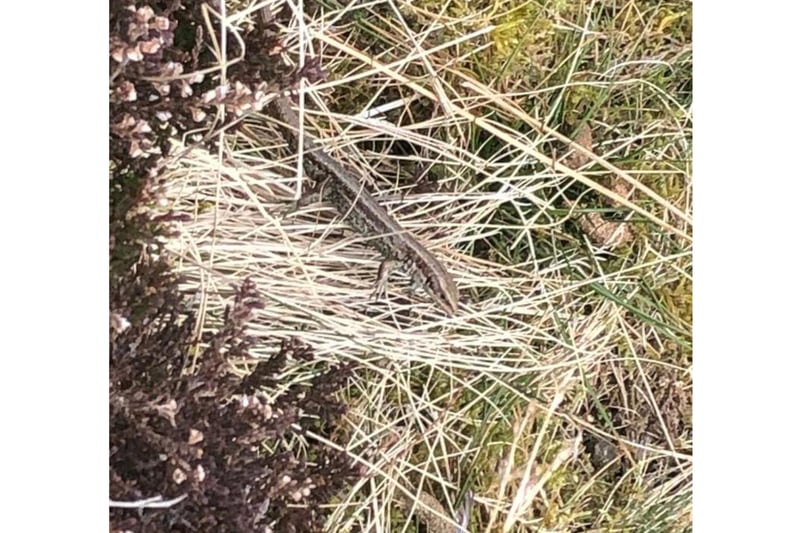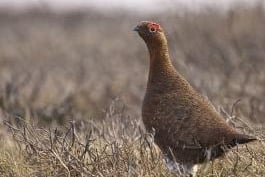We're so lucky on the Yorkshire Coast that we don't need to travel far to see some extraordinary and beautiful wildlife. The Moorland Association have shared their top tips for where to spot rare moorland species in England, all of the creatures mentioned in this list can be spotted in the North York Moors National Park if you're lucky, apart from the mountain hare and black grouse. When walking in the habitat of ground nesting birds it is recommended you stick to footpaths and keep dogs on leads. Amanda Anderson, a director of the Moorland Association said: “March 1 to July 31 is the official breeding season for ground-nesting birds and our beautiful moors across the north of England are home to these and an array of other amazing species, many of which are in sharp decline elsewhere. The bird of prey population now exceeds 250,000 adult birds in the UK for the first time in decades, another hugely encouraging sign of our improving biodiversity."

5. Common lizard
The common lizard is seen regularly on heathland, moorland, woodland and grassland, where they will bask in sunny spots. They are variable in colour, but is usually brownish-grey, often with rows of darker spots or stripes down the back and sides. Males have bright yellow or orange undersides with spots, while females have paler, plain bellies. If threatened by a predator, the common lizard will shed its still-moving tail in order to distract its attacker and make a quick getaway. It can regrow its tail, although it is usually shorter than the original. Photo: The Moorland Association

6. Curlew
More than a quarter of the world’s breeding pairs of curlew – around 16,000 – are found in the UK and are a major feature of the majority of grouse moor estates in England. Curlews are site-faithful so will usually return to the same moorland location that they were born to breed their own young, year after year. They are obvious to identify with their slender long downturned bill and wonderful to hear the atmospheric ‘bubbling’ sound of their call. Photo: The Moorland Association

7. Red Grouse
The iconic red grouse is unique to the UK and Ireland. Male grouse with their distinctive red ‘eyebrows’ will respond noisily from a prominent tussock or knoll if visitors are perceived to be trespassing on their mating territory in the spring, sometimes pecking at cars as well as people! Females can lay up to 14 eggs and they make great parents shepherding their young – which hatch in May - to find insects that chicks feed on for the first 14 days and then to find fresh heather shoots. Unlike other game birds, the males continue to play an active role in childcare staying together in a family group called a covey well into the Autumn. They are well camouflaged against the heather and females will sit tight when on the nest. Photo: The Moorland Association

8. Adder
Adders prefer dry heathland areas, but they are also found in woodlands, grassy banks and sand dunes. The North York Moors is a likely place to see them. Adders emerge from hibernation in the early spring and do have a venomous bite so watch where you put your feet walking the moors and keep your dog on a lead. Adders do not lay eggs and instead give birth to live young in late summer. You may see evidence of their presence by finding a shed or ‘sloughed’ skin which they do regularly. These were thought to have magic powers so are a prized find. Photo: The Moorland Association

